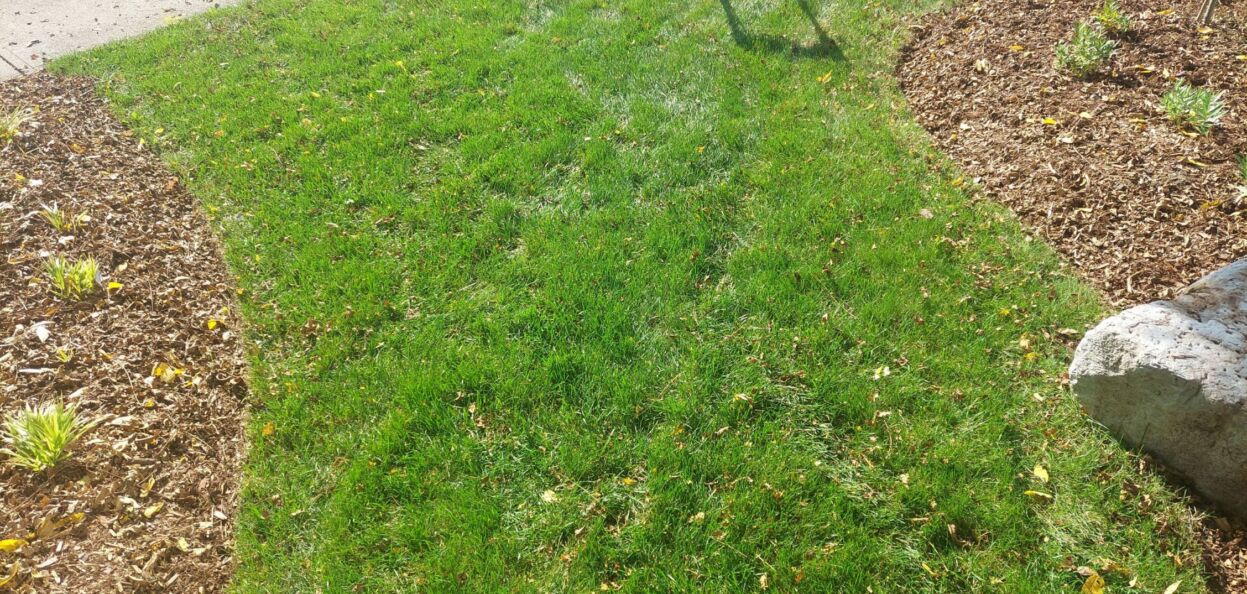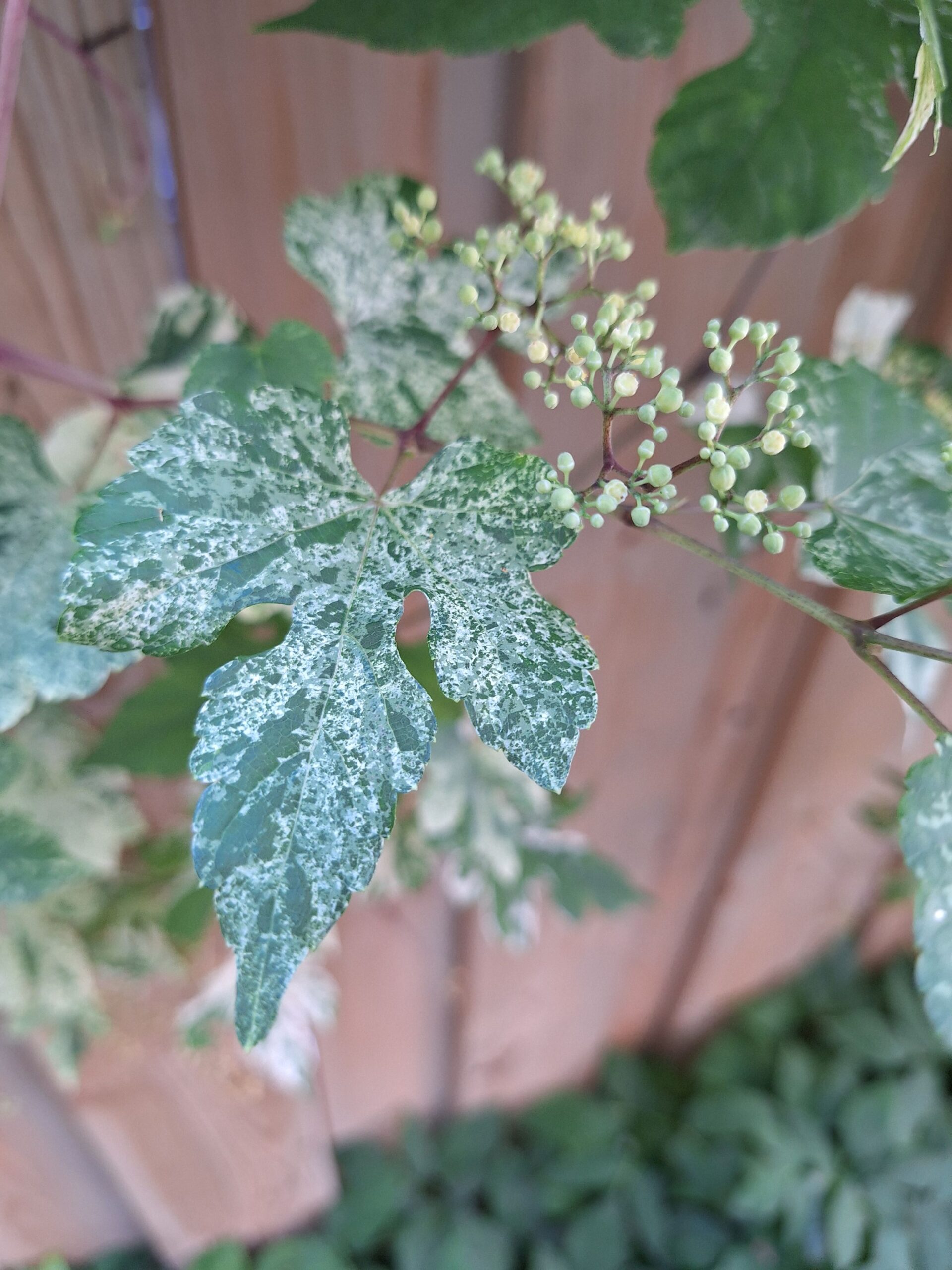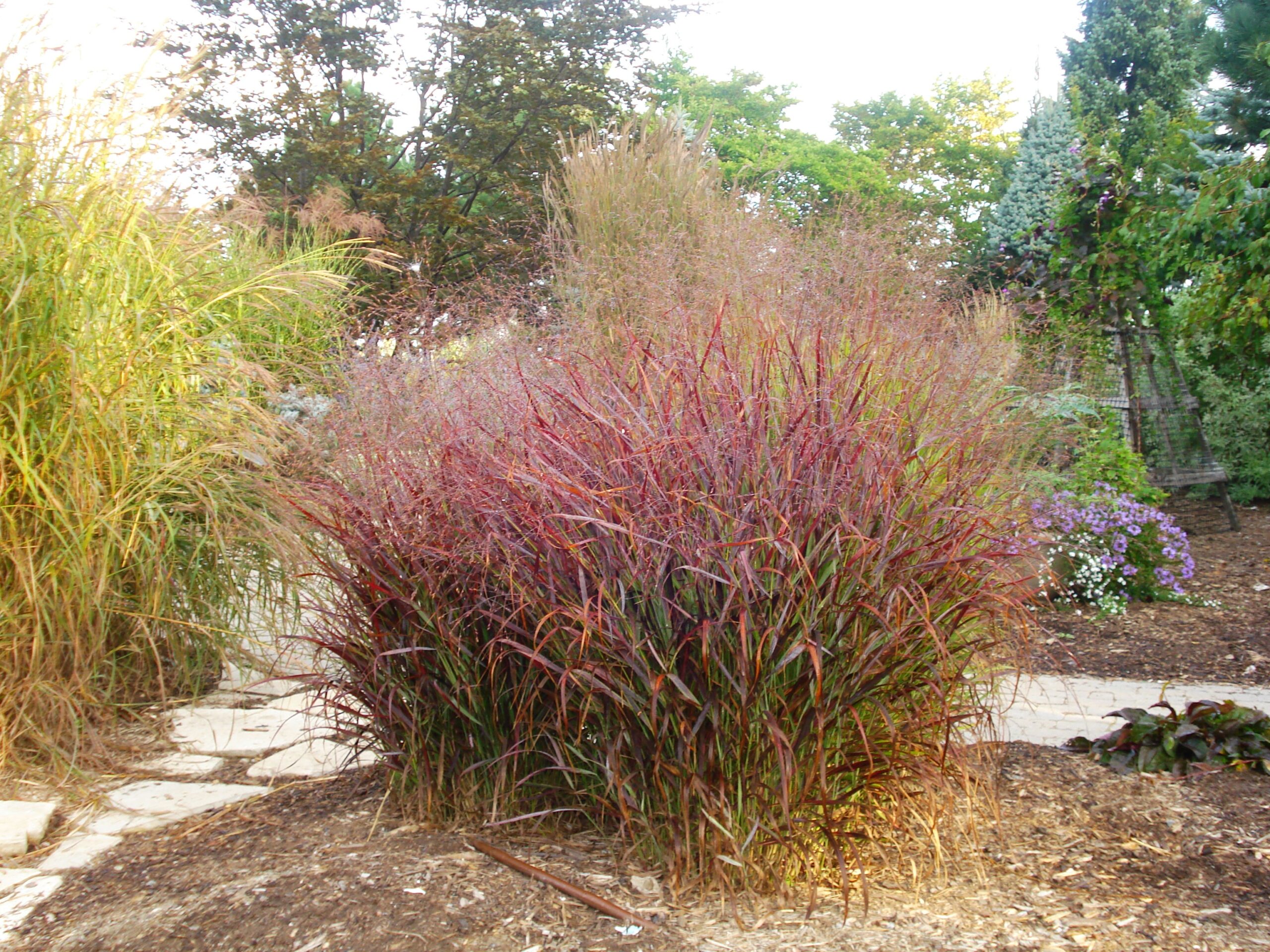Fall is an important time in the garden and for your lawns.
Let’s start with lawns.
Leaves:
It is important to remove leaves from your lawn. Leaves, especially heavy ones like Norway Maple, can mat together and block light from the grass plants. Just like leaving a tarp on your lawn, the lack of light where the leaves lay will kill the lawn.
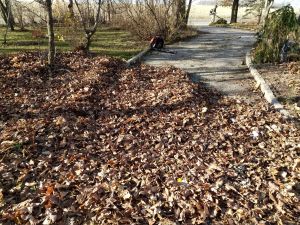
Rake your lawn and either compost the leaves or prepare them for your region to pick up.
There is a lot of information around regarding using a mulching mower to simply chop leaves up to leave them on your lawn. This is a terrific thing to do – it provides nutrients to your lawn as the leaves decompose. An issue with this is it can look a little messy, at least for a while. We will mulch the fallen leaves until about the last week of October and then in November, complete a clean-up.
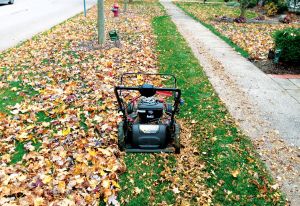
You don’t necessarily have to dispose of them though – leaves are great in your gardens. Especially if you have a vegetable garden. You can rake leaves into your garden and by spring they will have decomposed quite a bit. Use the leaf litter as mulch next year. This will help improve your soil’s structure and also provide organic mulch.
Leaf litter is a place many insects over winter. Some of the insects are beneficial to your garden and some are harmful. If you decide it is important for you to protect the natural environment, you may consider leaving all of the leaves in your garden until late spring before removing them.
Fertilizer:
Fall is an important time to make sure your lawn is properly fertilized. According to the Ontario Ministry of Agriculture and Rural Affairs – OMAFRA – late fall is the time to make your final fertilizer application for the calendar year. Late October or early November is recommended.
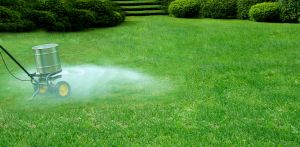
Don’t fall for any advertising gimmicks about high phosphorous or high nitrogen fertilizers for the fall. Just use a high quality, slow-release fertilizer with a “0” middle number. Our soil in southern Ontario has enough phosphorous and potassium in it for your lawn that we do not need to add more with our fertilizer.
Water:
Although moisture in the fall in our area is usually not an issue, we have had a very dry fall so far. Make sure your lawn is well watered so it can continue to make carbohydrates and “get ready” for winter. The rule of 1” of water per week is in effect until late November. Hopefully nature supplies us with enough!

Gardens
We covered leaves in the section about lawns. Whether or not you remove leaves is up to you. It looks tidier if the leaves are mostly removed but it can be healthier for the soil (and the plants) if the leaves remain.
Perennials:
Generally, it is a very good idea to cut back perennials. Sometimes we leave perennials standing if they have winter interest. Again, that is a personal choice. Some perennials such as rudbeckia and echinacea have persistent seed heads. These can be a food source for birds. You may decide to leave the seed heads. If you cut these plants back, cutting back to 12” or so will leave stems that can be habitat for some of our insects. These stems can be removed in spring when the gardens are opened for the growing season.

Fleshy plants such as hosta and daylily should be cut back, and the leaves discarded. Hosta’s are a slug’s favourite food. Slugs over winter by laying their eggs in protected areas, mulch, stems of these soft plants. The easiest way to prevent slugs is to remove the leaves after frost. In general, remove the foliage and stems of any fleshy plant after frost. This will prevent a lot of insect and disease issues the following year. Plus, it looks neater!
Paeony leaves often get mildew late summer. Mildew overwinters as spores and can infest the garden next season. It is important to remove any affected foliage and discard.
Shrubs:
Hydrangea can be left if you want the winter effect. Otherwise, only Annabelle type hydrangea should be cut back. The flower heads on paniculate and macrophylla type hydrangea can be removed to prevent winter damage.
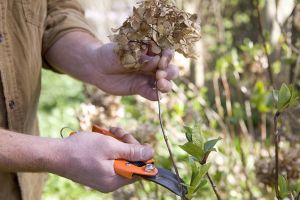
It is also important to understand when your shrubs flower to know whether or not they should be cut back in the fall. Spring flowering shrubs such as Lilacs, Forsythia, and Viburnum all bloom on last year’s growth. This means that next year’s flower buds have already set. Cutting these shrubs back, while not harmful to the plant, will remove next year’s flower buds resulting in a much smaller flower show. Summer and fall flowering shrubs such as the mentioned paniculate and Annabelle hydrangeas, butterfly bush, and Japanese Spirea all flower on new growth, so these plants are safe to cut back in the fall to promote the new flower development next spring.
Bulbs:
October and November are the best months to plant spring flowering bulbs. There are so many different bulbs that produce such lovely spring flower. You are not restricted to just tulips and daffodils – there are crocus, aconite, allium and so many more. What a great way to introduce perennial late winter and spring flowers to your garden. The earliest to bloom are your winter aconites and snowdrops, giving your gardens a jump start of colour before any of your neighbour’s. If you’re concerned with squirrels and chipmunks digging up your investment, it is best to avoid tulips and crocus.
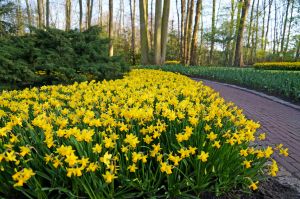
Just like your lawn, watering a garden is still very important in the fall. All of the perennials, trees and shrubs in your garden need enough water to get them through the winter’s desiccating winds. Just like we mentioned in the lawn section – 1″ of water a week is required. Hopefully mother nature will give us enough rain!
As usual, if you have any questions, please send them to info@verdantlandscaping.ca

